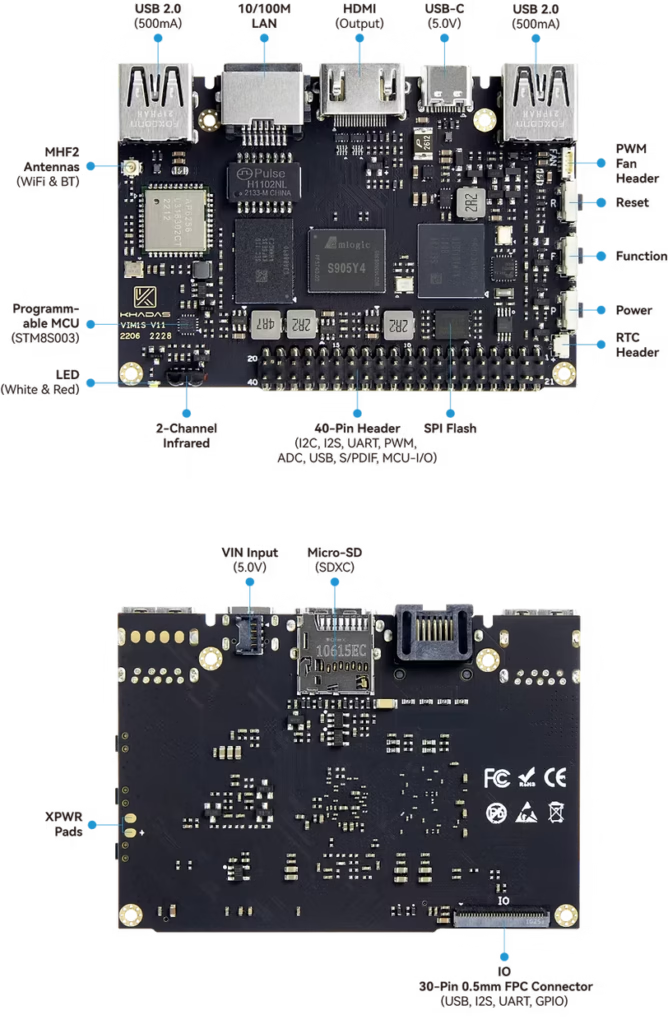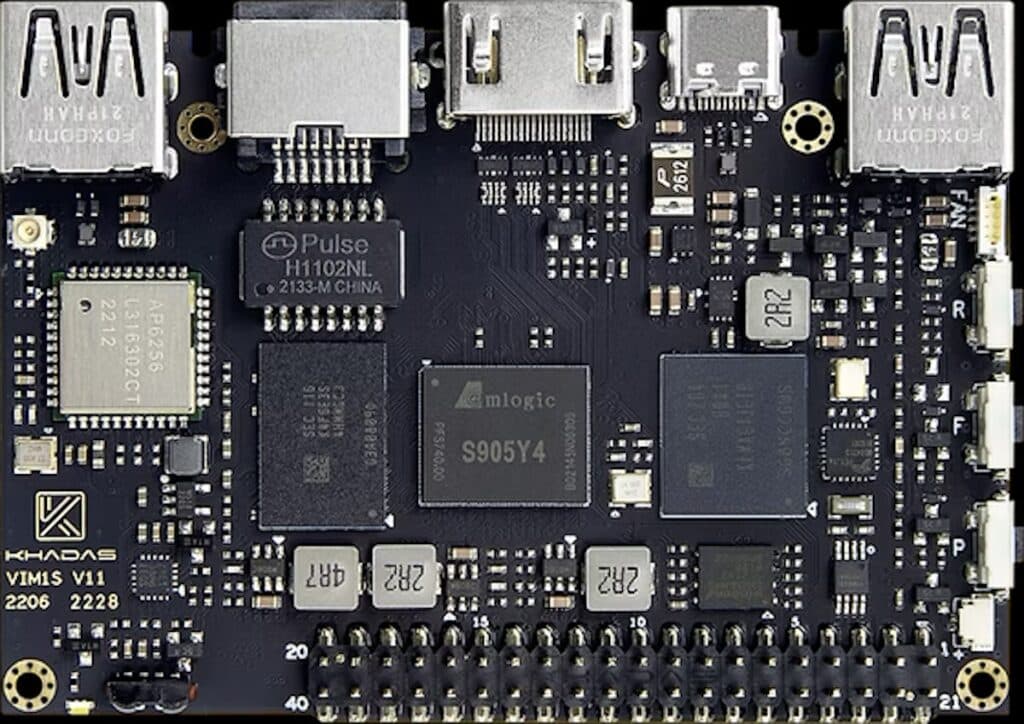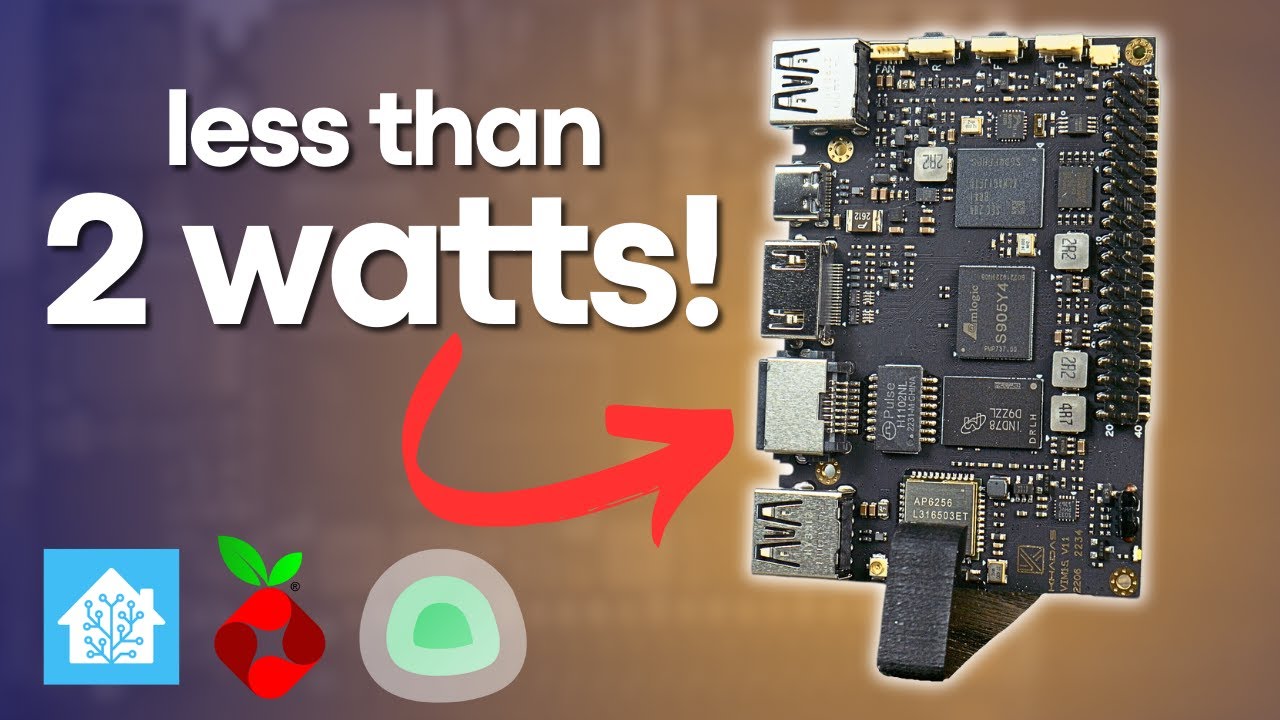With the continued price hikes of Raspberry Pi boards, tech enthusiasts and self-hosting advocates are actively searching for more affordable alternatives. One contender gaining attention is the VIM1S, a compact development board promising performance and efficiency for low-power projects.
The Current Market Context
For years, Raspberry Pi has been the go-to choice for self-hosting projects, ranging from running home servers like Home Assistant and Pi-hole to testing software development or performing light computing tasks. However, growing demand and supply chain disruptions have significantly increased prices, making these boards less accessible to the average user.
For those seeking an affordable solution, options like Khadas’ VIM1S are emerging as compelling alternatives. This compact board combines a competitive price point with essential features for users who don’t require high processing power.
VIM1S Specifications
The VIM1S is powered by an Amlogic S905Y4 processor, a quad-core ARM Cortex-A35 CPU clocked at 2 GHz, and a Mali-G31 MP2 GPU. The GPU supports modern codecs like VP9, AV1, and H.265, making the board suitable for lightweight tasks such as running small servers or serving as a basic media center.
Other specifications include:
- 2 GB LPDDR4 RAM
- 16 GB eMMC internal storage
- Wi-Fi 5 and Bluetooth connectivity
- MicroSD card slot for expandable storage
While it features a 40-pin GPIO header, it doesn’t follow the same layout as Raspberry Pi boards, which might be inconvenient for users with Pi-compatible accessories.

In terms of ports, the VIM1S includes:
- USB-C power input
- One full-size HDMI port
- Two USB 2.0 ports
- 100 Mbps Ethernet port
The 100 Mbps Ethernet could be a bottleneck for projects requiring high network speeds, such as file servers.
Comparing the VIM1S to Raspberry Pi
While the VIM1S cannot match the performance of a Raspberry Pi 4, it significantly outperforms the Raspberry Pi Zero in benchmarks and energy efficiency. For example, in multi-threaded CPU tests, the VIM1S achieves 3,584 events per second, compared to the Raspberry Pi Zero’s 32 events per second.
When it comes to power consumption, the VIM1S is also impressive, drawing 1.5 W at idle and 2.2 W under load, outperforming the Pi Zero in similar tasks thanks to its more modern processor.
Real-World Performance
One standout feature of the VIM1S is its built-in OOWOW software, a management tool that simplifies OS installation, backups, and firmware updates directly from the board. This is particularly helpful for users who want to experiment with multiple operating systems, such as Ubuntu Server or Android TV.
During testing, the VIM1S proved capable of running lightweight servers like:
- Home Assistant
- Pi-hole
- TP-Link’s Omada Controller
However, the board struggles with resource-intensive applications like Minecraft servers, where performance falls short.
Is the VIM1S the Best Alternative?
The development board market is vast, offering other options like the Libre Computer Le Potato, which is less powerful but also more budget-friendly. Ultimately, the choice depends on the user’s specific needs. For basic services with low power consumption, the VIM1S strikes a good balance between price, performance, and useful extras like built-in eMMC storage.
However, limitations such as 100 Mbps Ethernet and incompatibility with Raspberry Pi accessories may be deal-breakers for some users.
In summary, the VIM1S stands out as a viable alternative in a market where Raspberry Pi’s rising prices have created a gap. It’s especially appealing to those looking for efficient, cost-effective solutions for self-hosting projects.


